Buenos Aires, the capital city of Argentina, is one of the most vibrant and exciting cities in South America. It’s a city that never sleeps, with a rich cultural heritage and a pulsing energy that makes it a must-visit destination for travelers. From the historic neighborhoods to the tango clubs and the world-renowned cuisine, Buenos Aires is a city that will capture your heart. In this article, we’ll explore 23 Top Attractions & Things to Do in Buenos Aires.
Introduction
Buenos Aires is a city that has something for everyone. Whether you’re a history buff, a foodie, an art lover, or a party animal, you’ll find plenty to keep you busy in this amazing city. With its mix of European and Latin American influences, Buenos Aires has a unique charm that sets it apart from other cities in the region.
1. Plaza de Mayo
The Plaza de Mayo is the historic heart of Buenos Aires. This is where Argentina declared independence from Spain in 1816, and it’s still the site of many important political demonstrations and events. You can see the iconic Casa Rosada (government house) and the Metropolitan Cathedral here.
2. Casa Rosada
The Casa Rosada is one of the most recognizable landmarks in Buenos Aires. This pink-colored government building is where the president of Argentina works and it has a rich history that dates back to the 19th century. Guided tours are available, and it’s well worth a visit to learn more about the country’s political history.
3. La Boca
La Boca is one of the most colorful and vibrant neighborhoods in Buenos Aires. It’s known for its brightly painted houses and street art, as well as for its tango clubs and soccer stadium (La Bombonera). This is a great place to soak up the local culture and take some memorable photos.
4. San Telmo
San Telmo is another historic neighborhood in Buenos Aires, known for its cobblestone streets, antique shops, and tango bars. It’s a great place to explore on foot and soak up the atmosphere of old Buenos Aires.
5. Recoleta Cemetery
The Recoleta Cemetery is one of the most famous cemeteries in the world. It’s the final resting place of many of Argentina’s most famous figures, including Eva Peron (Evita). The cemetery is a stunning place to visit, with elaborate mausoleums and sculptures.
6. Palermo
Palermo is a large neighborhood in Buenos Aires that’s known for its parks, gardens, and nightlife. It’s a popular spot for locals and tourists alike, with a wide range of restaurants, bars, and clubs to choose from.
7. Teatro Colon
The Teatro Colon is one of the most impressive opera houses in the world. It was completed in 1908 and has a rich history of hosting some of the greatest performers of all time. Today, visitors can take guided tours of the theater and learn about its fascinating history.
8. Museo Nacional de Bellas Artes
The Museo Nacional de Bellas Artes is Argentina’s premier art museum, with an impressive collection of Argentine and international art. The museum has works by famous artists such as Van Gogh, Picasso, and Monet, as well as a large collection of Argentine art.
9. MALBA
MALBA (Museo de Arte Latinoamericano de Buenos Aires) is a contemporary art museum that’s dedicated to the art of Latin America. The museum has an impressive collection of modern and contemporary art, including works by Frida Kahlo, Diego Rivera, and other Latin American artists.
10. Puente de la Mujer
Puente de la Mujer is a modern bridge that spans the Rio de la Plata. It was designed by Spanish architect Santiago Calatrava and is one of the most recognizable landmarks in Buenos Aires. It’s a great spot to take photos and enjoy the views of the river and the city.
11. Ecological Reserve
The Ecological Reserve is a large nature reserve that’s located right in the heart of Buenos Aires. It’s a great place to escape the hustle and bustle of the city and enjoy some peace and quiet. The reserve has walking and cycling paths, as well as a wide variety of flora and fauna.
12. Feria de Mataderos
The Feria de Mataderos is a popular weekly market that takes place on Sundays. It’s a great place to sample traditional Argentine food, watch folk dances and music performances, and buy local handicrafts.
13. El Ateneo Grand Splendid
El Ateneo Grand Splendid is one of the most beautiful bookstores in the world. It’s located in a historic theater building and has an impressive collection of books in multiple languages. Even if you’re not a book lover, it’s worth a visit just to admire the stunning architecture.
14. La Bombonera
La Bombonera is the home stadium of the Boca Juniors soccer team, one of the most famous teams in Argentina. Even if you’re not a soccer fan, it’s worth a visit to experience the passion and energy of Argentine soccer culture.
15. Tango Shows
No visit to Buenos Aires would be complete without experiencing a tango show. There are many venues across the city that offer tango performances, ranging from traditional shows to more modern interpretations of this iconic dance.
16. Street Art Tour
Buenos Aires has a thriving street art scene, with colorful murals and graffiti covering many walls and buildings across the city. Taking a street art tour is a great way to explore this vibrant art form and learn more about the local artists and their work.
17. Gaucho Day Trip
A gaucho is a cowboy of the Argentine grasslands, and taking a day trip to a traditional estancia (ranch) is a great way to experience gaucho culture. Visitors can ride horses, watch traditional dances and music performances, and enjoy a traditional asado (barbecue).
18. Tigre Delta
The Tigre Delta is an enchanting network of rivers and canals located just outside Buenos Aires. This maze of waterways covers over 8,000 square kilometers and is a popular destination for both tourists and locals alike. Visitors can take boat tours of the delta, explore the small islands and towns, and experience the unique culture of the delta region.
The delta is home to a variety of wildlife, including birds, river otters, and capybaras. One of the most popular activities in the area is to rent a canoe or kayak and paddle through the winding waterways, taking in the stunning scenery and wildlife along the way.
19. Tigre Delta
The Tigre Delta is a unique natural wonder that’s located just outside of Buenos Aires. This sprawling wetland area is home to a variety of flora and fauna, as well as to numerous islands and channels that can be explored by boat. You can take a guided tour or rent your own boat to explore this beautiful and peaceful region.
20. Colonia del Sacramento
Colonia del Sacramento is a charming colonial town that’s located across the Rio de la Plata from Buenos Aires. This UNESCO World Heritage Site is known for its historic architecture, cobbled streets, and riverside location. It’s a great place to spend a day or two exploring and soaking up the relaxed atmosphere.
21. Wine Tasting in Mendoza
Mendoza is a region of Argentina that’s known for its wine production. It’s located in the foothills of the Andes and is home to numerous wineries and vineyards. You can take a day trip or spend a few days exploring the region and trying some of the world-class wines that are produced here.
22. Buenos Aires International Book Fair
The Buenos Aires International Book Fair is one of the largest and most important book fairs in the world. It takes place every year in April and May and attracts authors, publishers, and book lovers from all over the world. It’s a great opportunity to discover new books and authors, attend talks and workshops, and meet fellow book lovers.
Conclusion
Buenos Aires is a city that will capture your heart and leave you wanting more. From its vibrant neighborhoods and historic landmarks to its world-renowned cuisine and nightlife, there’s always something to see and do in this amazing city. Whether you’re here for a few days or a few weeks, you’re sure to fall in love with Buenos Aires.
FAQs
- What’s the best time of year to visit Buenos Aires?
The best time to visit Buenos Aires is from September to November (spring) or from March to May (autumn). The weather is mild and pleasant, and there are fewer crowds than in the peak summer months.
- Is Buenos Aires a safe city?
Like any big city, Buenos Aires has its share of crime and safety concerns. However, if you take basic precautions and stay aware of your surroundings, you’re unlikely to have any problems.
- What’s the currency in Buenos Aires?
The currency in Buenos Aires (and Argentina) is the Argentine peso. It’s a good idea to carry cash with you, as some places don’t accept credit cards.
- What’s the food like in Buenos Aires?
Buenos Aires is known for its delicious steak and barbecue, as well as for its empanadas and dulce de leche. There’s also a thriving foodie scene, with a wide range of restaurants and cuisines to choose from.
- What’s the best way to get around Buenos Aires?
Buenos Aires has a comprehensive public transportation system, including buses, subways, and trains. Taxis and Ubers are also widely available. Walking is a great way to explore the city’s neighborhoods and soak up the local atmosphere.

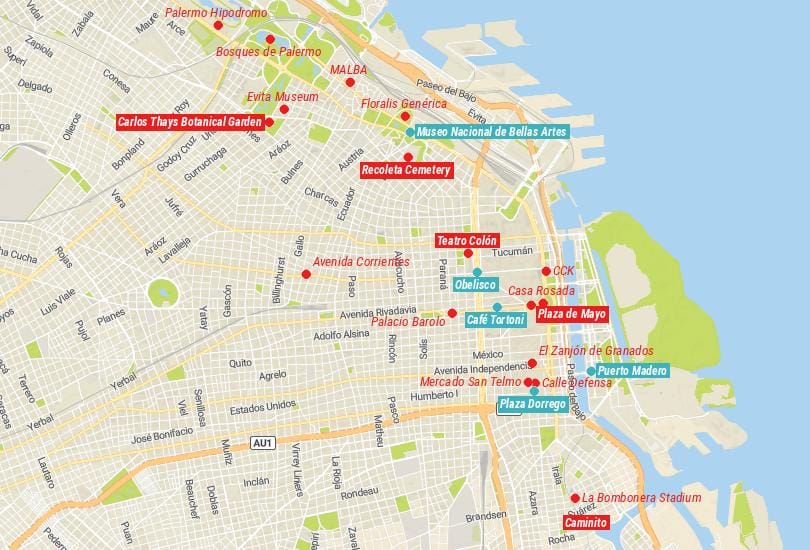
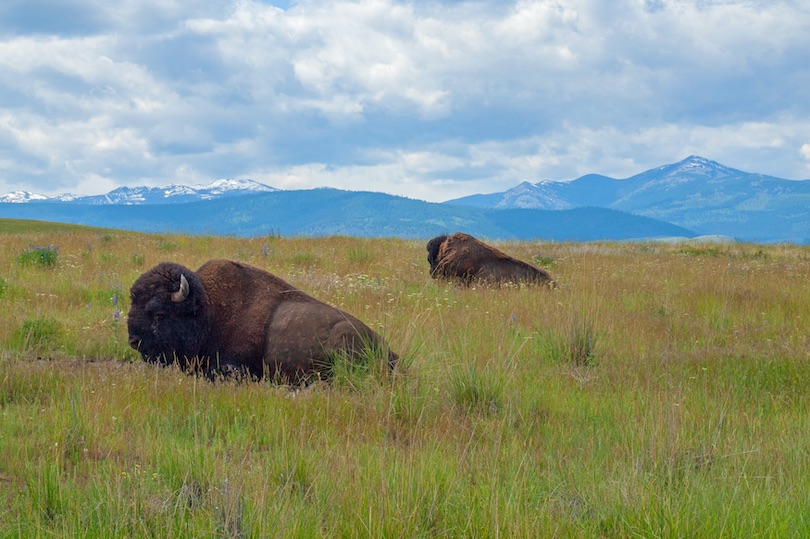
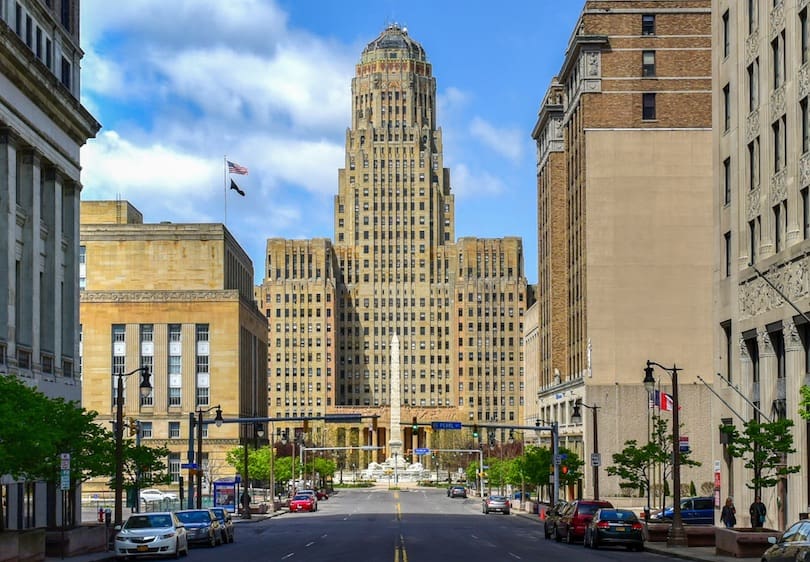
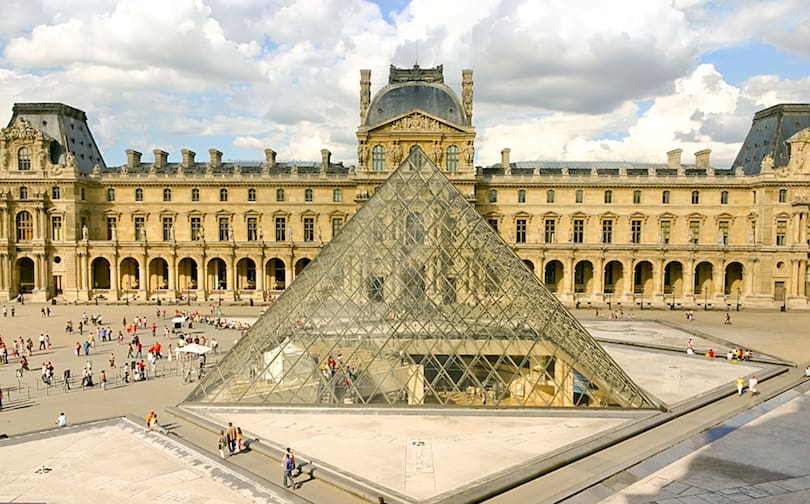


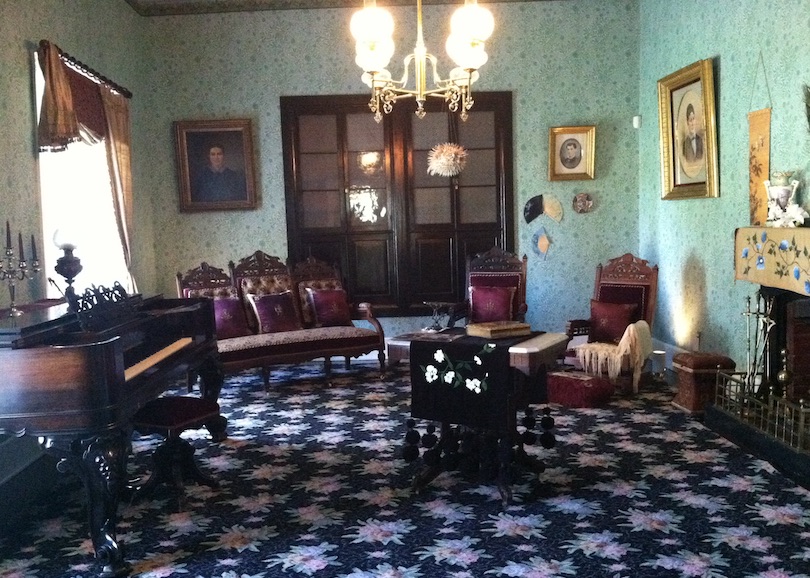


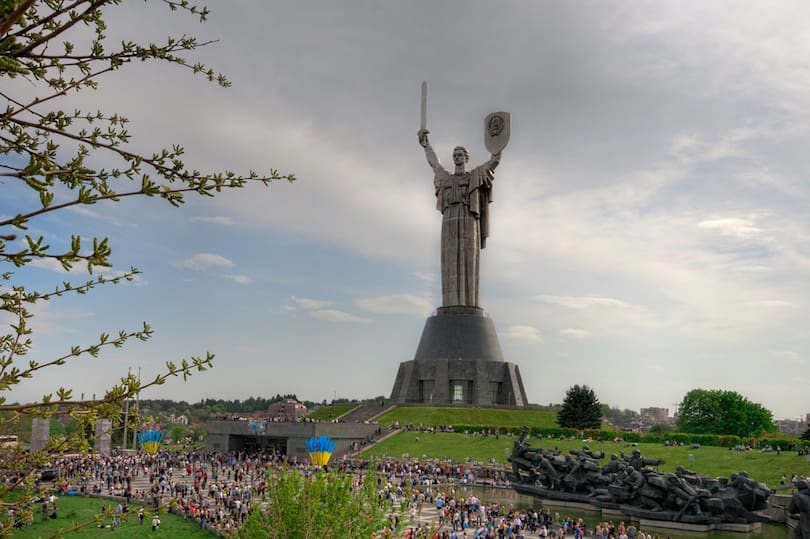

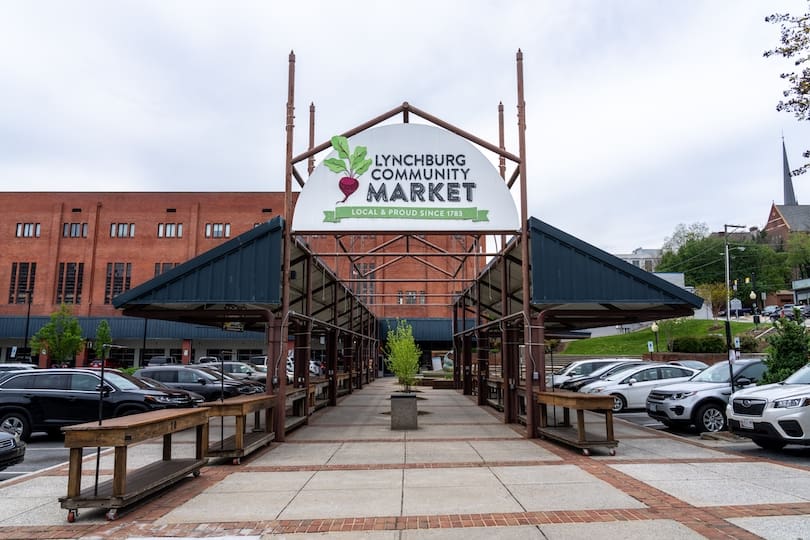



I am forever thought about this, thanks for posting.
Needed to create you a little bit of word to be able to thank you very much as before on your gorgeous thoughts you’ve documented in this case. It was remarkably generous of people like you in giving freely all that a lot of folks could possibly have distributed as an e-book in making some money for themselves, specifically considering the fact that you might have done it if you wanted. These pointers in addition worked to become easy way to be sure that the rest have the identical desire similar to mine to understand a good deal more with reference to this matter. I believe there are a lot more fun times ahead for individuals who view your blog post.
Awesome site you have here but I was wondering if you knew of any discussion boards that cover the same topics talked about here? I’d really like to be a part of community where I can get comments from other experienced people that share the same interest. If you have any recommendations, please let me know. Cheers!
6ydcme
I just couldn’t leave your website before suggesting that I actually loved the usual info an individual provide for your visitors? Is going to be again steadily to check up on new posts.